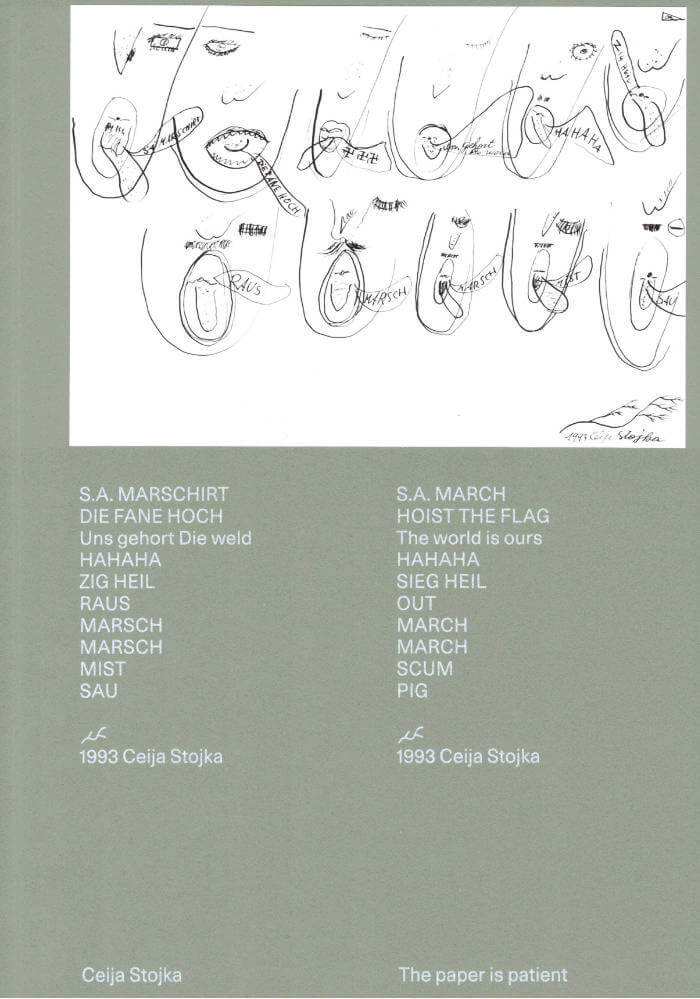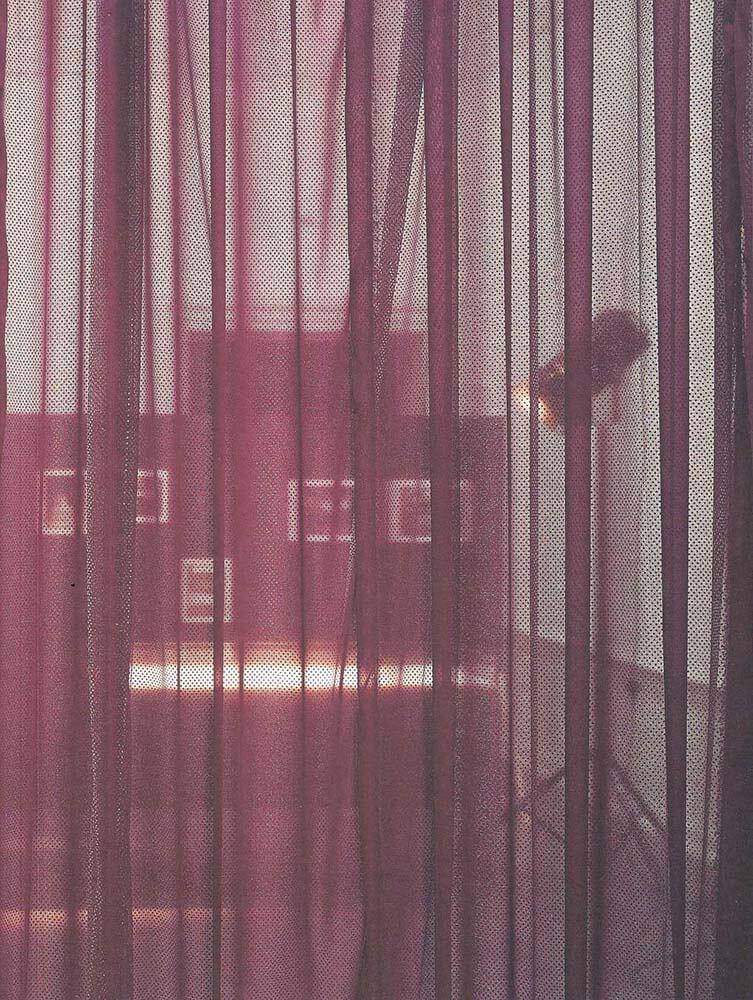
Verlag der Buchhandlung Walther König
Where We Meet
This first publication of the artist Melike Kara, emphasises her work of the last two years and thus on a specific body of work that represents a shift in the artist’s methodology.
Her paintings have undergone a change, as they are less figurative and more abstract (although Kara’s abstractions reveal forms here and there).
Some of these forms are reminiscent of limbs, hybrids between bodies and dissolution. Her focus has also changed in terms of subject matter.
It is now less a matter of consciousness, and more about identity and questions of origin. She thus complements, or rather expands, the presentation of these paintings in exhibitions with site-specific installations.
Published after the exhibition, ‘Melike Kara: Where We Meet’ at Jan Kaps, Cologne (4 June – 22 August 2020).
With contributions from Jana Baumann, AnneClaire Schmitz & Fabian Schöneich.
Language: English






